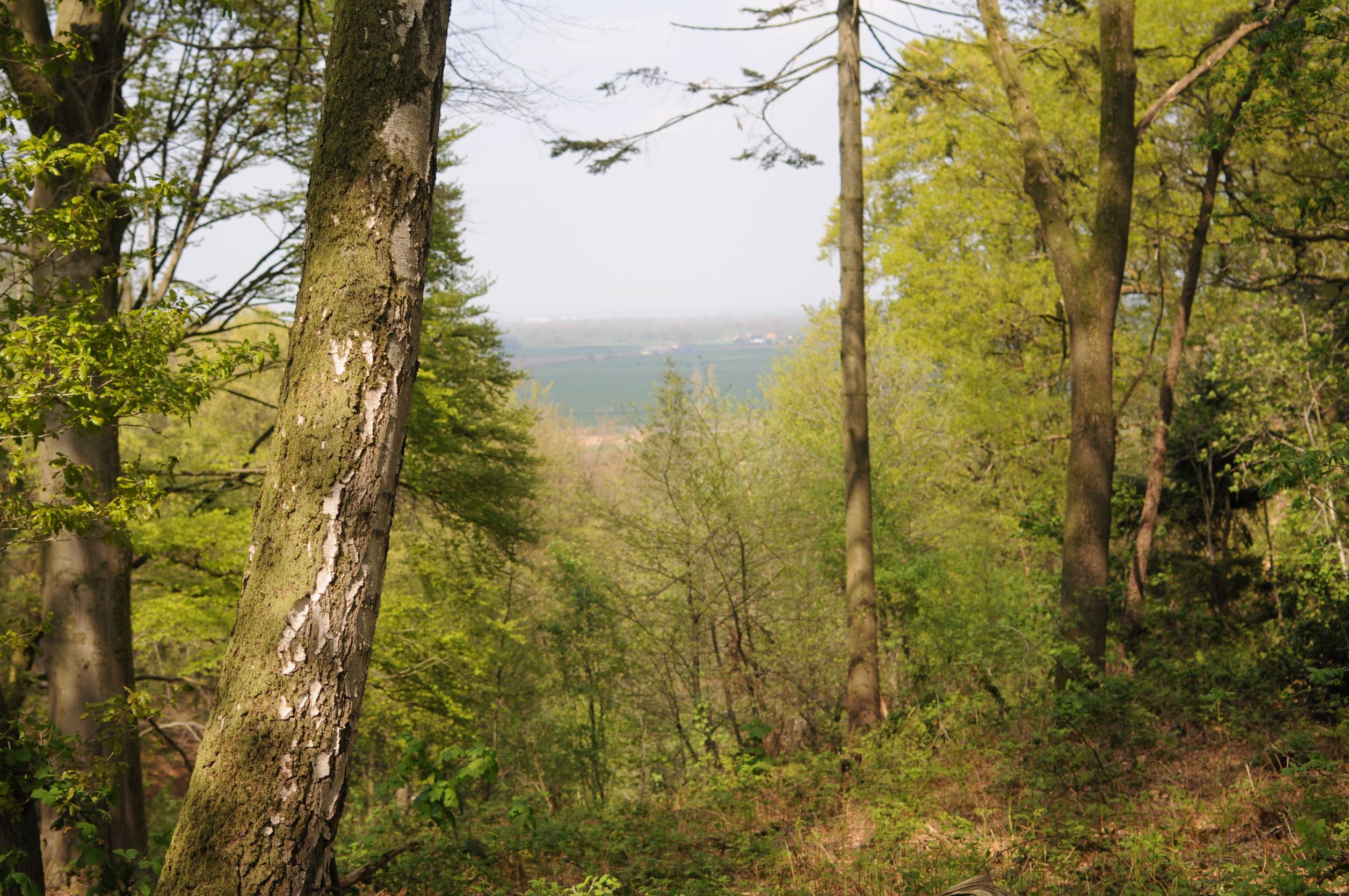Resilient forests

Resilient forests
For biodiversity and climate
Forests in the Netherlands are under pressure from nitrogen deposition, fragmentation and climate change. This is not only at the expense of the forests and all flora and fauna that depend on them, but also reduces CO₂ absorption by Dutch forests; on average by about 30%.
The total forest area in the Netherlands currently comprises 370,000 hectares. That is 11% of Dutch land use. Our forests absorb 2.3 Mton CO₂ per year.
Forest strategy
For the implementation of the agreements in the Climate Agreement, the Dutch government and the provinces have drawn up the National Forest Strategy in 2020. This sets out the joint ambitions and goals for forests in the Netherlands, including a path to realisation:
- More forests: 10% more forest by 2030 (37,000 ha)
- Resilient forests: focus on biodiversity, climate adaptation and climate mitigation. The forests must become more complete, more resilient and more diverse
- More trees in rural areas and in cities and villages
- The use and exploitation of forests must become more sustainable
Both the national government and the provinces in the Netherlands ensure that this strategy is embedded in existing policy. The provinces are responsible for area-specific processes, including integration into nature policy and spatial planning. The national government is responsible for the necessary legislative changes, compliance with climate agreements and strengthening the economic position of the forestry sector.
The Dutch Forest Strategy also aims to ensure implementation of the new EU Forest Strategy for 2030 (dated July 2021): an important part of the European Green Deal from 2019. This EU Forest Strategy in turn builds on the outcomes of the climate conferences in Paris (2015) and Katowice (2018) and on the EU 2030 Biodiversity Strategy (May 2020).
Our expertise: resilient forests
As Partners for Innovation, we support national and provincial governments in the development and implementation of their forest strategy. We do this, among other things, by jointly developing projects that are eligible for (European) funding. This is in line with our developing LIFE grant applications experience.
We also advise governments on how to develop, monitor and fine-tune their forest policy and management. We can use our expertise and experience both with regard to the distribution of resources and for the creation of frameworks for forest and nature policy.
The forest strategy is not only about more trees, but also about vitality and variation in existing forests. We have conducted scientific research into the question of which tree species naturally belong in an area. This knowledge provides an important basis for the choice of trees to plant or to replant; it indicates which tree species can best adapt to climate changes that have become increasingly manifest in recent years.
Our knowledge of biodiversity means that we can also include the effects on other flora and fauna in our considerations and in project proposals.
Examples of our projects:
- Advice on the distribution of extra resources from the renewed European agricultural policy for the benefit of agricultural nature and landscape management
- Application for LIFE grant All4Biodiversity for the implementation of the Delta Plan on Biodiversity
Other
themes

Biodiversity recovery
The importance of the diversity of plants and animals and fungi.

Climate mitigation and adaptation
Stimulating the use of ecosystem services that nature offers us, can turn the tide or provide perspective for regulating climate change.

Sub-Saharan Solar Financing
We make affordable electricity accessible for local communities.
Want to
know more?
Contact us!



